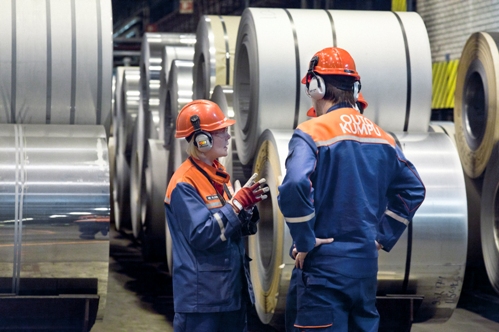Hopes that Hamilton’s U.S. Steel blast furnaces will fire up again have burned out, along with more than a century of steel production at the plant.
The announcement Tuesday that U.S. Steel will permanently cease making iron and steel in Hamilton has been feared since the company idled the mills in October 2010. The final blow came when CEO Mario Longhi told investors Tuesday those operations will wrap up Dec. 31.
“Decisions like this are always difficult, but they are necessary to improve the cost structure of our Canadian operations,” he said. Tuesday’s announcement does not affect rolling, coating and finishing operations, along with coke making, according to Pittsburgh-based U.S. Steel.
Forty-seven non-union jobs will be lost, but company spokesperson Courtney Boone said it would try to move staff into other positions. That leaves approximately 600 members of United Steelworkers Local 1005 and about 228 salaried positions at the Hamilton plant.
























